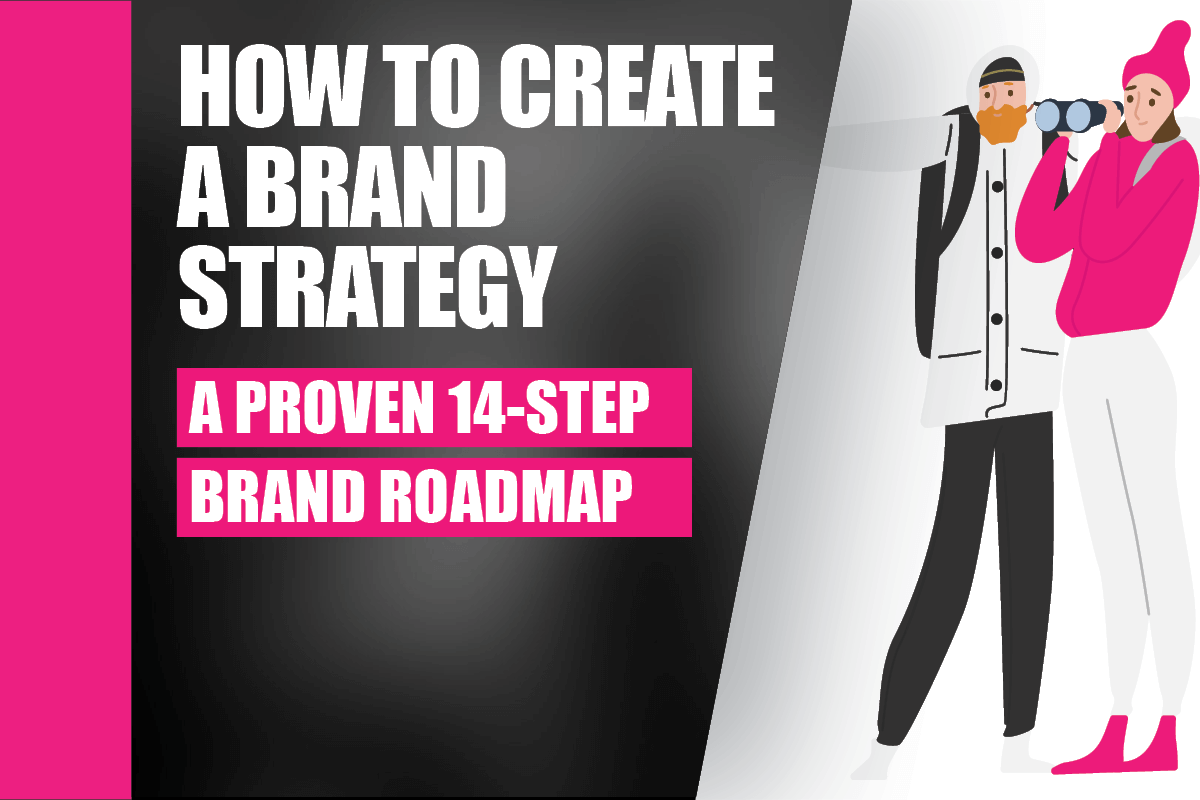/GettyImages-76133158-5665fa185f9b583dc3987675.jpg)
Steps for Creating Your Brand Strategy
How to Develop Your Brand Strategy
BY LAURA LAKE
Updated November 20, 2019
When developing a brand strategy, identify three core components of your business to use as a blueprint for marketing tactics:
- Purpose: This explains why you are in business and the specific customer needs you fulfill.
- Consistency: Be able to define what allows you to provide your services day in and day out.
- Emotional Impact: This is what helps form a bond or a connection between you and your customers. A brand strategy should develop this impact and build upon it.
In addition to understanding and defining these components of your business, you need to determine your target audience, identify your competition, decide on a mix of products and services on which to focus and establish a unique selling proposition.
By identifying the key components of your business and the focus of your marketing plan, you have the basis for crafting your brand strategy. An effective branding process creates a unique identity that differentiates you from the competition and can be the heart of a competitive strategy.
Developing a brand strategy can be one of the most difficult steps in your overall marketing plan, but it is important because your brand identity is communicated frequently and consistently in multiple ways throughout the life of your business.
Consider six tips for creating your brand strategy.
Why Branding Is Important
Customers identify with specific brands for a variety of reasons. Good products or services at a good price are common reasons, but what drives customers goes beyond that. For example, environmentally conscious consumers might be willing to spend a little bit more to buy from green companies that commit financially and otherwise to reducing carbon footprints.
Don't lose sight of your primary focus. If you manufacture widgets, your company needs to be about manufacturing widgets, but you also can be about more than just that. Determine what that is, then communicate to customers why it is important to you. If it is important to them too, you might gain their business.
How To Define Your Brand
By defining what your brand is you create the foundation upon which all other components are built. Your brand definition serves as your measuring stick in evaluating marketing materials and strategies—from what your office looks like to what your ad says to the color and font of your business cards to the design of your website.
Determining Your Brand's Objectives
Critical to effective brand management is the clear definition of the brand's audience and the objectives that the brand needs to achieve. Ask yourself two key questions to help determine your brand objectives:
- What is it that you want your brand to do for your company?
- What do you want others to know and say about your products or services?
Focusing on Your Target Audience
The power of your brand relies on the ability to focus. That is why defining your target market will help to strengthen your brand's effectiveness.
The key is knowing who your target market is. Zero in on your target audience by asking yourself:
- How old are they?
- What is their income range?
- What are their occupations?
- What other interests do they have?
Discovering and Crushing Your Brand Barriers
When creating your brand strategy for a product or service it is important to perform a careful analysis to spot potential barriers. These barriers also are known as market conditions, and they can keep your product or service from being successful.
Brand Packaging and Identity
Branding is as identifiable to your customers as your face is to friends and family. It's how people see you in the marketplace. Is yours saying what it should? Your company image is all about the appearance of your packaging. What is your company image saying (i.e., conveying) to the marketplace? If your packaging doesn't uniquely represent your business, change your packaging.
Branding = Purpose
Branding often is seen as confusing or not important to top-level executives because it's difficult for them to see the tangible benefits. Operating without a brand strategy is a recipe for accepting anything. Even for a small business, this can be dangerous. Without a brand, a business lacks an identified purpose. And without a purpose, a business can't stand out from the competition.









